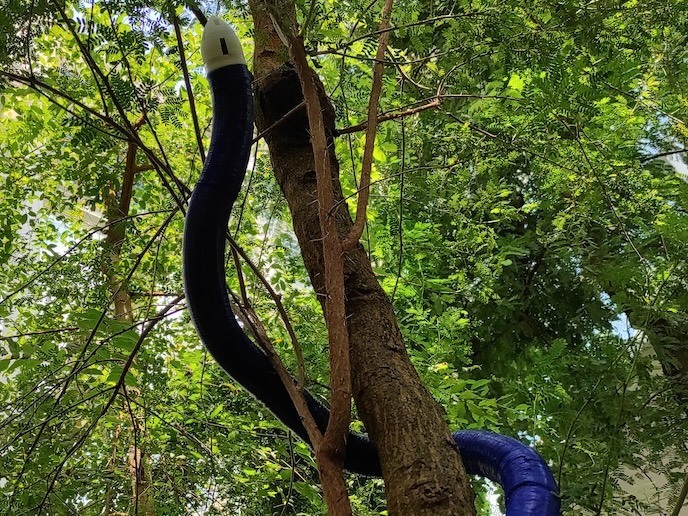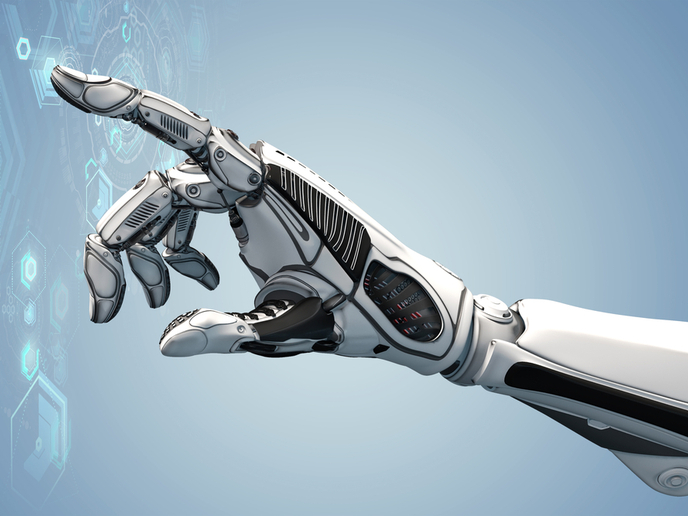From growing plants to climbing robots
While most of us will look at a plant and see green leaves, some European researchers see robots. Yes, you read that right, robots. At first glance, plants and robots may seem to be at the opposite ends of the technological spectrum. But in fact, one can learn a lot from studying the way plants grow, climb and move. That’s why, with the support of the EU-funded GrowBot project, a group of researchers are incorporating the movement abilities of climbing plants into robotic design. “By mimicking the features of these plants, we set out to develop low-mass, low-volume robots capable of anchoring themselves, navigating voids, and moving effectively in scenarios where current climbing robots, which are based on wheels, legs or rails, might get stuck or fall,” says Barbara Mazzolai, associate director for robotics at the Italian Institute of Technology.
Integrating plant behaviour into robotic platforms
To start, researchers conducted an in-depth investigation on climbing plants, exploring everything from their anatomy and morphology to their biomechanics, growth, movement and behaviour. They then used these findings to design and develop robotic materials, actuators, anchoring systems and solutions that mimicked the biological characteristics of plants. All this knowledge and the components were then integrated into the GrowBot robotic platforms. “Each of the mechanisms, materials and control systems that are incorporated into these platforms were inspired by climbing plants,” explains Mazzolai. These platforms include a growing robot with plant-inspired behavioural control and a searcher-like robot for environmental exploration. The project also developed a third platform focused on energy harvesting, which features plant-inspired triboelectric-based systems.
Stand-alone technologies
In addition to the robotic platforms, the project leveraged their new-found knowledge of climbing plants to develop an array of stand-alone technologies. These include novel soft robotic components for integration with or substitution of rigid body parts, artificial attachment solutions, and state-of-the-art bio-hybrid solutions for energy production. Researchers also developed an artificial, multifunctional material capable of performing actions with limited to no external energy support. “These technologies have been translated into robotic solutions designed for specific use cases, such as precision agriculture, predictive modelling, additive manufacturing and a range of biomedical applications,” adds Mazzolai.
Making innovative robotic solutions a reality
According to Mazzolai, the GrowBot project has pushed the boundaries of bio-inspired soft robotics while also advancing our knowledge of climbing plants. “This work enhances our understanding of climbing plants’ biology and fosters the development of innovative technologies, all of which opens the door to using innovative robotic solutions in everything from farming to building maintenance,” she says. In fact, some researchers from the project are already exploring the use of climbing, plant-like soft robots as environmental sensors and/or environmental controls along vertical or horizontal gradients within and around buildings. But this is just one example of the project’s ongoing work. The team continues to further develop its technologies and platforms, with a specific focus on improving the design and control of the self-growing robot. The project has also spawned several new spin-off projects aimed at taking its solutions towards commercialisation. “The collaboration among the project’s partners remains strong, and we are discussing new ideas for joint projects and initiatives,” concludes Mazzolai.
Keywords
GrowBot, plants, robots, robotic design, climbing plants, precision agriculture, additive manufacturing







